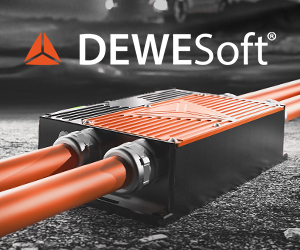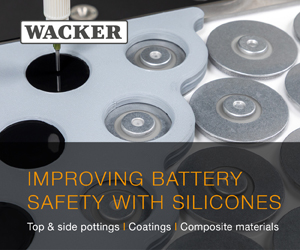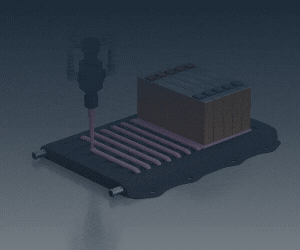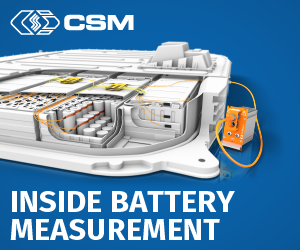YASA sets new electric motor benchmark with 59kW/kg axial flux prototype
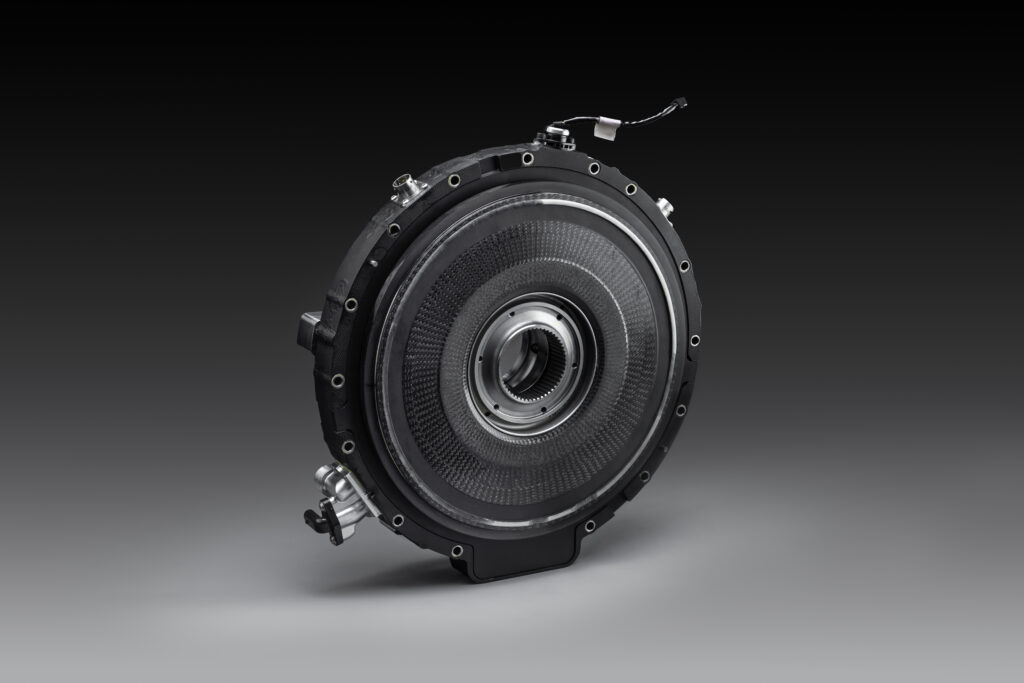
(Image courtesy of YASA)
YASA has once again pushed the boundaries of electric motor design by surpassing its own previous record for power density. Earlier this year, the company’s axial flux prototype delivered 550kW from just 13.1kg, setting an unofficial world benchmark of 42kW per kilogram – almost double what the rest of the automotive market considered state-of-the-art. Now, with a refined prototype reduced to 12.7kg, YASA has raised the bar even further, achieving a new peak power output of 750kW. This new milestone translates to an extraordinary 59kW per kilogram, a 40% gain on its earlier result and a figure that has not been seen before with production-viable materials and processes.
The breakthrough is more than a theoretical exercise or a computer simulation: YASA’s new motor is a fully-operational prototype, undergoing rigorous bench testing at the company’s Oxford Innovation Centre. The development is supported by the Advanced Propulsion Centre, UK, and stands out for using scalable, non-exotic materials – eschewing approaches like cobalt-iron laminations, Litz wire, or 3D printing. Instead, YASA’s team relied on precision engineering, a compact form factor, and advanced thermal management to optimize every parameter for real-world success.
The motor not only achieves exceptional peak numbers but is projected to deliver continuous output in the region of 350kW–400kW, positioning it as a highly attractive solution for high-performance automotive platforms, as well as for applications in aerospace and industry where weight and efficiency are paramount. The company’s CEO, Joerg Miska, describes this step as tripling the performance density of current top-tier radial flux motors and proof that YASA’s axial flux technology is at the forefront of innovation in electric propulsion.
As YASA’s engineers continue to validate the prototype under extended dynamometer cycles, they report results that not only exceed optimistic simulations but also confirm the practical potential of their design for broader industrialization. With this achievement, YASA further cements its reputation for turning advanced engineering into tangible gains for next-generation electric vehicles and propulsion systems.
Click here to read the latest issue of E-Mobility Engineering.
ONLINE PARTNERS






















